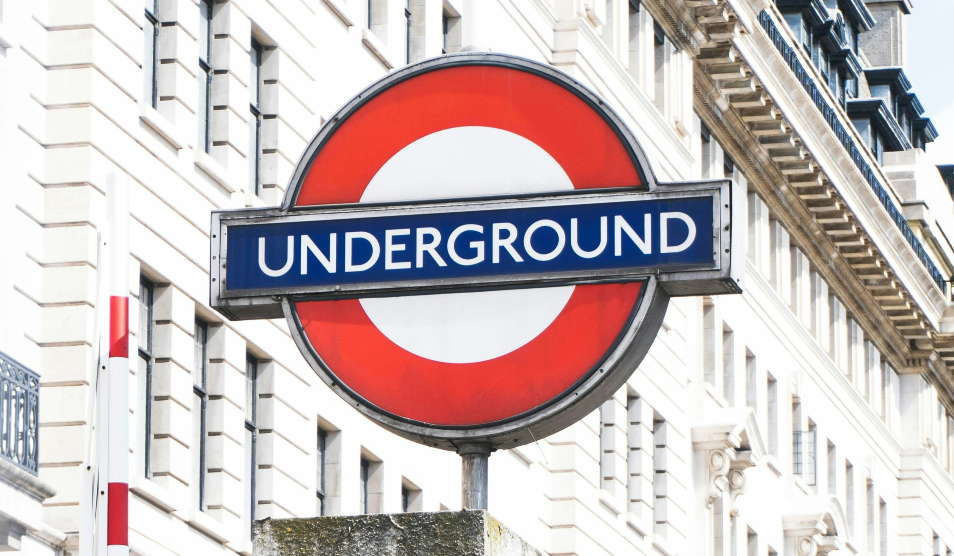Trust response to recent media coverage about the future of Charing Cross Hospital
In response to recent media coverage about the future of Charing Cross Hospital, a spokesperson for Imperial College Healthcare NHS Trust said:
“Plans to develop Charing Cross as a ‘local hospital’ were paused in 2016. The continuing rise in acute demand means that we are focusing first on the development of new models of care to help people stay healthy and avoid unnecessary hospital stays.
“Since 2016, we’ve committed over £20 million for building improvements and new imaging and radiotherapy equipment at Charing Cross. We’ve also developed new services and employed extra doctors, nurses and other healthcare staff. More investment is already planned for 2018 and 2019, including an expansion of the A&E department.”
Key proposals and decisions:
In 2012, the local healthcare commissioners for north west London (then called primary care trusts) published the Shaping a healthier future service strategy. They undertook a full public consultation on plans for a more integrated approach to care, with the consolidation of specialist services onto fewer sites, where this would improve quality and efficiency, and the expansion of care for routine and on-going conditions, especially in the community, to improve access.
Charing Cross was envisaged as a ‘local hospital’ within this network of services, building on its role as a growing hub for integrated care offered in partnership with local GPs and community providers.
After developing the proposals further with feedback from the consultation, the local commissioners put forward their service change strategy for approval to the Secretary of State for Health. In October 2013, on the recommendation of the Independent Reconfiguration Panel, the Secretary of State supported the proposals in full, though adding that Charing Cross Hospital should continue to offer an A&E service, even if it was a different shape or size to that currently offered. He also made clear that there would need to be further engagement to develop detailed proposals.
The Trust published its own clinical strategy and estates plans in 2014 that included outline proposals for Charing Cross to become a ‘local hospital’.
Since then, the Trust and local commissioners (now called clinical commissioning groups or CCGs) have put a hold on subsequent work to develop detailed plans for Charing Cross due to increasing demand for acute hospital services. This continuing rise has meant we need to focus first on the development of new models of care to help people stay healthy and avoid unnecessary and lengthy inpatient admissions.
Current position:
A commitment to NOT progress plans to reduce acute capacity at Charing Cross unless and until we could achieve a reduction in acute demand was formalised in the North West London Sustainability and Transformation Plan (STP) published in 2016. STPs are five-year plans for the development of health and care services across geographic areas produced by a range of NHS, local authority and third sector organisations.
The STP for north west London added that Charing Cross will continue to provide its current A&E and wider services for at least the lifetime of the plan, which runs until April 2021.
Given that attendances across all of our A&E departments and urgent care centres have increased by six per cent over the past two years – and urgent admissions by 11 per cent – we can predict that it will be some years into the future before acute demand has reduced sufficiently for us to look to reduce inpatient bed numbers or A&E capacity.
Recent and planned investment:
We’ve recently seen some of our largest ever investments in new facilities and equipment, much of which has been made possible by the support of Imperial Health Charity.
Since 2016, we’ve committed over £20 million for building improvements and new imaging and radiotherapy equipment at Charing Cross. This includes: Riverside theatres; main outpatient clinics; a new acute medical assessment unit; our first patient service centre; and the main new facility for North West London Pathology. We’re also replacing imaging equipment and installing two state-of-the-art LINAC radiotherapy machines so we can provide the most advanced cancer treatments. And we have an active ‘backlog maintenance’ programme that covers developments such as new lifts.
We’ve also developed new services and employed extra doctors, nurses and other healthcare staff. More investment is already planned for 2018 and 2019, including a refurbishment and expansion of the A&E department.



